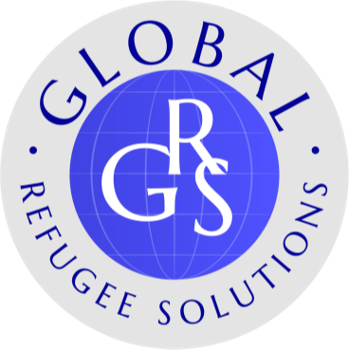Tanzania
Learn more about the region below
Overview
Tanzania, located in East Africa, faces persistent humanitarian challenges despite being one of the continent's fastest-growing economies. While the country has made strides in maintaining macroeconomic stability and growth, widespread poverty, climate vulnerability, and an overstretched public service system continue to impact both Tanzanian citizens and refugees hosted in the country.
Country Facts
- Population: 70 million (2025); projected to reach 140 million by 2050
- Poverty Rate: 43% below the International Poverty Line
- Extreme Poverty: 26 million living on less than $1.90/day (2022)
- Human Development Index Rank: 167th globally (UNDP)
- Refugee Population: 230,000 (mainly from Burundi and DRC, as of Jan 2025)
- Youth Unemployment: Higher among women (9.4%) than men (6.2%)
Crisis
Tanzania is experiencing a complex blend of development and humanitarian challenges. Despite sustained economic growth and political stability, millions of Tanzanians remain in poverty. The country also hosts a large refugee population, mostly in the Kigoma region, where overcrowded camps strain already limited resources.
Climate change continues to intensify food insecurity, disrupt water access, and displace communities. In early 2025, a Marburg virus outbreak underscored the fragility of the healthcare system. Systemic issues such as gender inequality, child protection risks, and legal hurdles for refugees hinder progress. Youth unemployment and a rigid education system limit the country’s ability to transform its demographic potential into economic strength.
Refugees face legal barriers, food shortages, and inadequate sanitation and healthcare, particularly in overburdened camps. Resource-based tensions between host and refugee communities have highlighted the need for inclusive solutions that bridge humanitarian aid with long-term development.
Frequently Asked Questions (FAQs)
Why does Tanzania host so many refugees?
Tanzania’s geographic location near conflict-prone countries like Burundi and the DRC makes it a primary destination for people fleeing violence. Most are sheltered in camps in Kigoma, a region with limited infrastructure.
What are the main humanitarian challenges in Tanzania?
Key challenges include widespread poverty, underfunded health and education systems, food insecurity, youth unemployment, climate impacts, and pressure from hosting large refugee populations.
How does climate change impact Tanzania?
Rising temperatures, erratic rainfall, and extreme weather events have threatened agriculture and water access, straining food supplies and economic stability for both citizens and refugees.
What barriers do refugees face in Tanzania?
Many refugees lack proper legal status, limiting their access to healthcare, education, and livelihoods. Women and children are particularly vulnerable to gender-based violence and exploitation.
What is being done to support both host and refugee communities?
Humanitarian organizations and local actors are working to expand education, healthcare, protection services, and economic opportunities. Collaborative programs aim to empower communities, promote resilience, and strengthen local governance.
